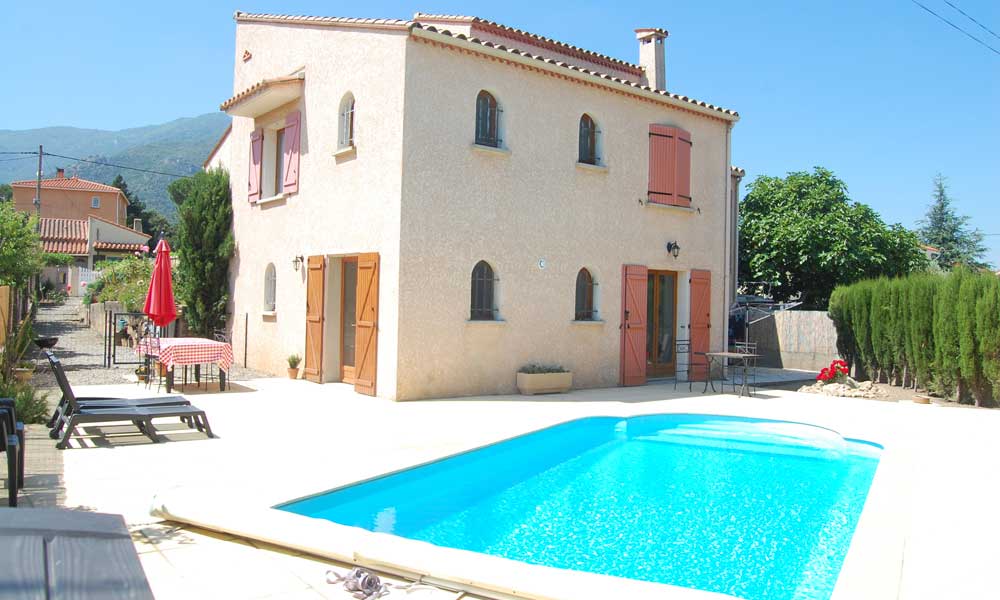 |
| Lady Carcas |
We recently had occasion to visit again the famous walled city ‘La Cite’ in Carcassonne. It had been a while since our last visit and we were immediately struck once more by how spectacular the whole of La Cite is. It really is no wonder that it has been identified as a world heritage site. But you can after living here for a while get quite laid back about exactly what it is you have on the doorstep.
We were actually visiting to show our friends the famous walled city and were not at all thinking how nice it would be to spend a few hours there from our own perspective, having done exactly that quite a few times before.
The first thing we noticed at the main entrance, or the Narbonne Gate as it is officially known, was the sculpture of ‘Lady Carcas’. We must have walked past that very spot at least a dozen times, but had never once spotted her before. It just goes to show how you can convince yourself that you have been there done it and seen it. Where in fact there is so much to see that you do actually have to make more than one visit and take the time to stop and take in what you have in front of you. In our defence most of our previous visits were done in the summer months when the whole area is teeming with many more tourists. On this occasion it was a gloriously sunny day in February with far less people to obscure the views.
So what of ‘Lady Carcas’? her fame comes from the story of when ‘La Cite’ was besieged by Charlemagne’s troops back in the 9th century, and the inhabitants of the city, facing starvation after nearly 5 years of incarceration , were instructed to feed the last of their wheat to a pig. The pig, it is rumoured, was then thrown from the ramparts down onto the besieging army.
This single act was supposed to be enough to convince Charlmagne that the inhabitants still had so many provisions they were happy to feed wheat to a pig. Signalling to him that continuation of the siege was pointless; on that basis he ordered his troops to withdraw.
Lady Carcas then commanded that the city bells should be rung as they withdrew, prompting one of Charlmagne’s men to say to his emperor ‘Sire, Carcas sonne!’, which roughly translated means ‘Carcas is ringing’. This is supposedly how Carcassonne was named, although there are conflicting stories to this. One of them being that the city was named by the Romans after one of their own ‘Julia Carsaco’ and then later they called it Carcasum. Personally I prefer the pig story.
Anyway the bottom line is that we had a very nice day out, sitting outside in the sunshine in February for lunch,that can’t be bad, and we had a good look around La Cite again. Reminding ourselves in the process just how fabulous it is even after numerous previous visits and especially the Basilica of Nazaire and Celsus, which no doubt will be the subject of another post.

